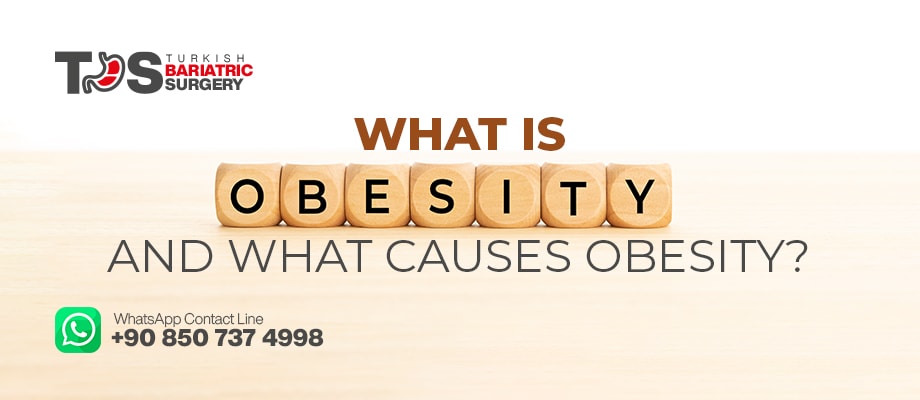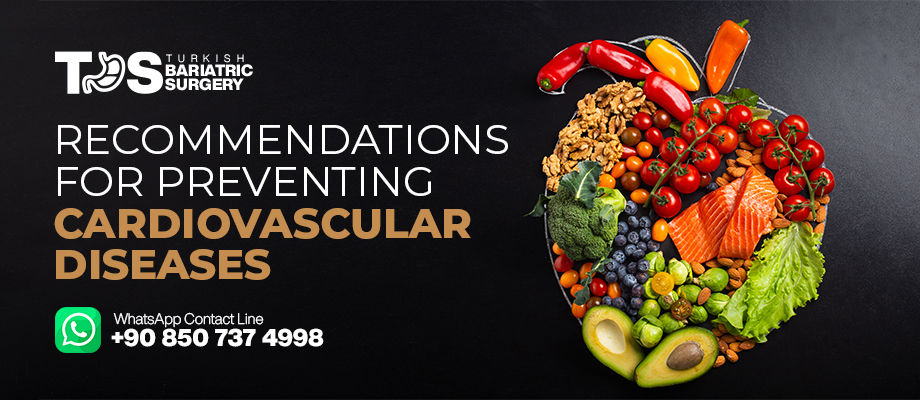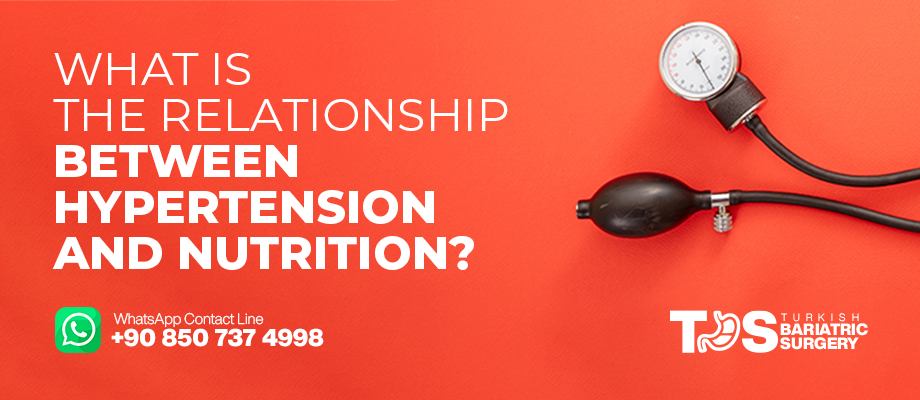OBESITY OVERVIEW
Obesity is a chronic disease characterized by an above-normal body fat mass and its prevalence is increasing in the world. Unbalanced nutrition, insufficient physical activity, genetic factors, sleep disorders, endocrine disorders are risk factors for obesity.
Obesity is a metabolically unhealthy process and affects many organs in the human body. However, it can also cause diabetes, stroke, cancer, osteoarthritis, gallbladder diseases.
Obesity is a disease that can be treated with diet and exercise. However, in individuals with a high risk of developing advanced complications, obesity surgery such as tube stomach, gastric bypass, gastric balloon, stomach botox can be applied with the recommendations of the physician. These methods are called bariatric surgery applications.
The most commonly used calculation in the evaluation of obesity is Body Mass Index (BMI) (Table-1). BMI is obtained by dividing the weight in kilograms by the square of the height in meters. According to this result, an individual over 30 is called obese, and an individual over 40 is called morbidly obese.
5 RISK FACTORS CAUSED BY OBESITY
Nutrition
The most obvious cause of obesity is unbalanced energy intake and expenditure. Accordingly, the excess energy taken is stored as fat. Studies have shown that there is a positive correlation between a high-fat diet and obesity. Similarly, consuming simple carbohydrates, skipping meals, eating fast food, excessive alcohol consumption, snacking in between meals, frying and pastry consumption also cause an increase in body weight.
According to the study conducted in the United States (USA), it has been determined that there has been an additional 600 kcal increase in daily energy intake in the last 40 years. This increase also explains the increasing obesity rates in the USA.
Chemical Environment:
Individuals are exposed to polluted air, water and soil resulting from uncontrolled industrial production. Therefore, the chemicals that the individual is exposed to affect the digestive system. There is a relationship between heavy metals and obesity.
During the production of packaged foods, bisphenol A and phytates in the structure of plastic pass into the food. These substances are associated with disturbances in lipid metabolism, changes in appetite and obesity.
Genetic Factors:
Genetic factors are highly effective in the development of obesity. The Obesity-Genetic relationship was first put forward in 1962 with the ‘Trifty Gene Hypothesis’. Type 2 diabetes and obesity, which are very common in Pima natives, have been observed to have a tendency to store nutrients as a result of increased consumption during the period when the genetics of the natives have changed and the food is abundant because the natives have difficulty in reaching food in some periods.
Stress:
There are different types of stress, and some can cause obesity. Emotional stress is at the forefront of this type of stress. A 10%-20% increase in body weight has been detected in some of the patients with depression. In addition, weight gain was observed in individuals diagnosed with seasonal depression. This type of depression is especially seen in northern countries that cannot benefit from sunlight sufficiently in winter.
Endocrine and Metabolic Diseases:
Endocrine disorders often cause obesity. Cushing’s Syndrome, a disease characterized by an increase in endogenous glucocorticoids, is the most common cause of endocrine obesity. Body weight gain of approximately 25-50 kg has been observed in these patients with glucocorticoid therapy.
However, hypothyroidism creates resistance in body weight loss rather than causing obesity. With appropriate drug treatment and nutrition program, this situation can be eliminated.
10 NUTRITIONAL RECOMMENDATIONS THAT PROTECT FROM OBESITY
For the solution of the increasing obesity prevalence, prevention strategies are as important as treatment strategies. Changing environmental conditions, nutritional habits, insufficient physical activity are preventable factors that cause obesity development.
• Create a nutrition program under the control of a nutritionist.
• Emphasize regular physical activity.
• Prefer organic, handmade products instead of ready-made foods.
• Include fruits and vegetables in your diet.
• Avoid fries and pastries.
• Prefer water and sugar-free drinks, stay away from carbonated and sugary drinks.
• Choose low-fat types of cheese and yoghurt.
• Avoid fast food.
• Pay attention to daily water consumption.
• Make sure to consume healthy fats






